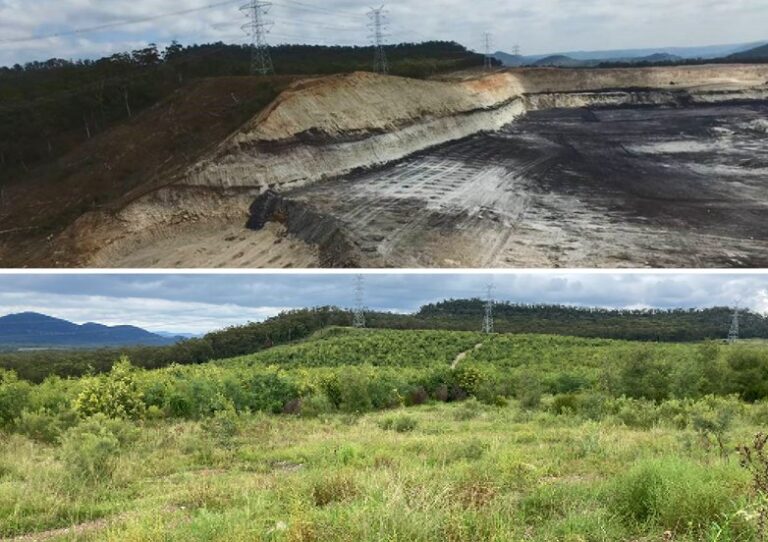
Nature lovers don’t find open cut mines particularly attractive to look at. Generally, tonnes and tonnes of soil need to be removed and the mine’s appearance is dominated by the hole in the ground. And yet humanity’s hunger for fossil and mineral raw materials remains unabated. The world’s population is growing – and increasing levels of prosperity mean that we need more and more of these raw materials, be it for energy, medical technology, the automotive industry or the semiconductor and chip sector. This poses a dilemma: how can we satisfy demand while treating the environment responsibly?
Standards across the group
What actually happens once a mine has reached the end of its productive life? The Swiss mining company Glencore, headquartered in Baar, is one of the world’s leading firms in its segment. As at the end of December 2021, Glencore owned, leased or managed around 2 million hectares of land worldwide. Around 6 percent of that, 130,000 hectares, was used for industrial purposes. As part of its updated environmental policy, Glencore is working to ensure that the same standards for environmental and closure planning are valid across the group. Responsibility for the vast areas of land from which commodities were mined and for the ecosystem, as well as respect for flora and fauna, are high priorities.
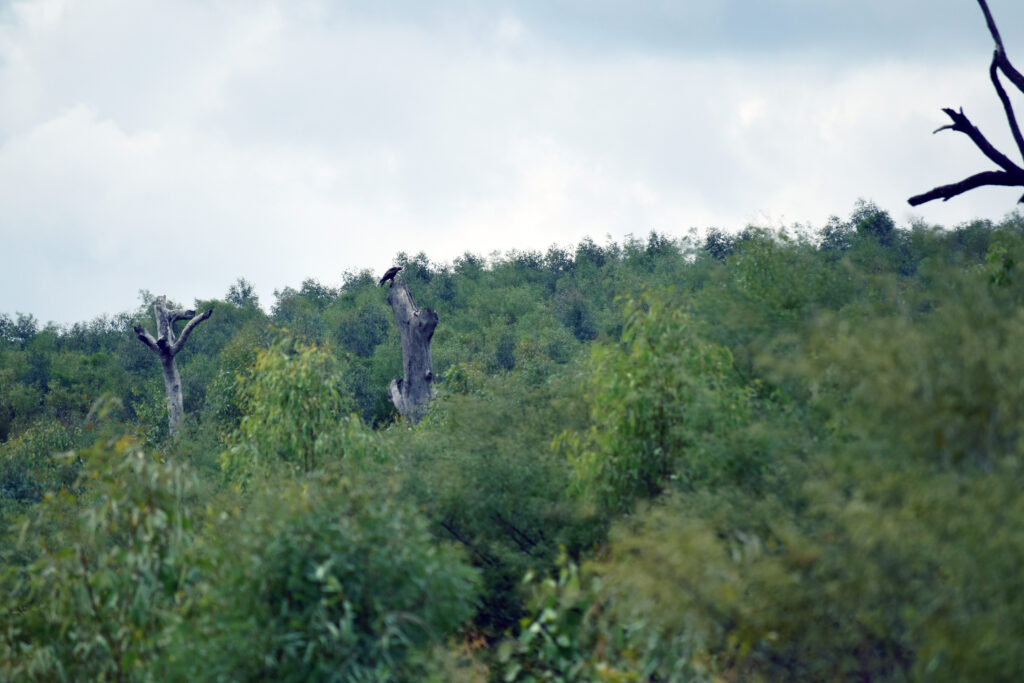 Former Mangoola mine in Australia.
Former Mangoola mine in Australia.
The question as to how the land in question can be rehabilitated is asked at a very early stage. For older mines, a closure and rehabilitation scenario is developed, whereas for new mines, restoring the original landscape is considered during the project planning itself. Glencore strives to keep its environmental footprint as small as possible, from the opening of a mine through to its closure. To achieve this, action and management plans are drawn up, applied, updated and monitored so that the damage to the land can be kept to a minimum during ongoing operations and rectified subsequently as far as possible.
How does Glencore live up to its responsibility for the huge spaces that it manages? In 2021 alone, Glencore rehabilitated around 1,720 hectares of land – the equivalent of 2,400 football fields. Roughly 30% of the 130’000 hectares land that Glencore disturbed , has been rehabilitated by the company so far, so 37,000 hectares. The quality of the restored environment is reviewed regularly, for the damage to nature is to be kept as minimal as possible. Consideration is paid to cultural heritage and archaeologically sensitive locations, with no mining whatsoever undertaken in protected areas and world heritage sites.
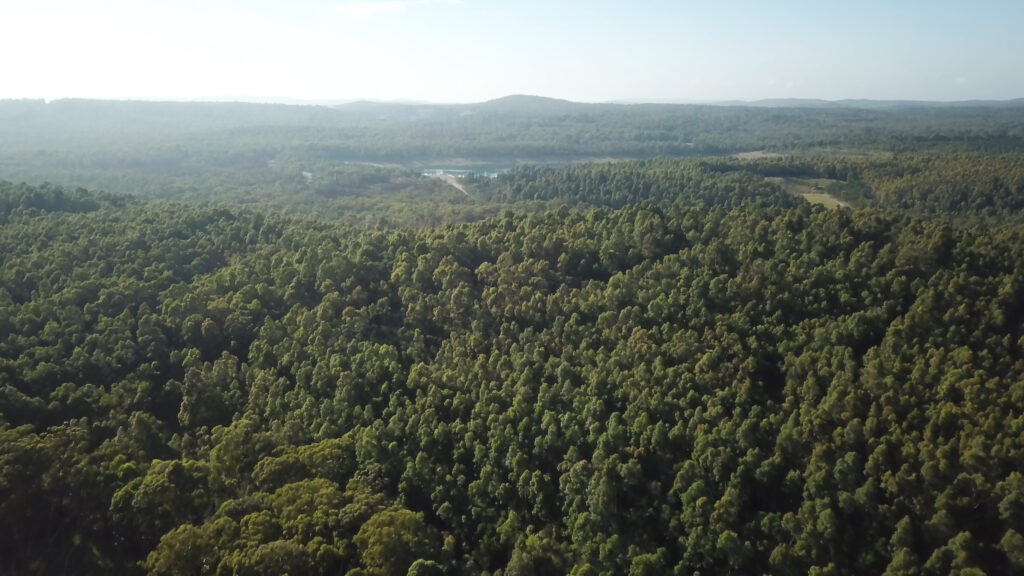 10 years ago, the Westside coal mine was operating on this area.
10 years ago, the Westside coal mine was operating on this area.
Restoring the ecosystem
A successful rehabilitation doesn’t just include restoring the topography and silhouette of a piece of land: it’s also about making sure local plants, insects and other species that comprise the ecosystem recolonise the area. One possible step involves collecting and categorising local plant seedlings before mining activities take place so that these activities can subsequently be ceased in a responsible manner. This was the approach followed in the area around Greater Sudbury in the Canadian province of Ontario, for instance, which had turned into a wasteland after decades of smelting. Today, the area is unrecognisable: the landscape is bursting with local grasses, spruce trees and birds. Part of the project in Canada involved using crushed sand to improve the condition of the wasteland, while tree seedlings, shrubs and forest floor plants were introduced. Glencore has committed to supporting the restoration project financially in the long-term. The project can also count on the dedication of a number of employees at Sudbury Integrated Nickel Operations, who engage with it on a volunteer basis.
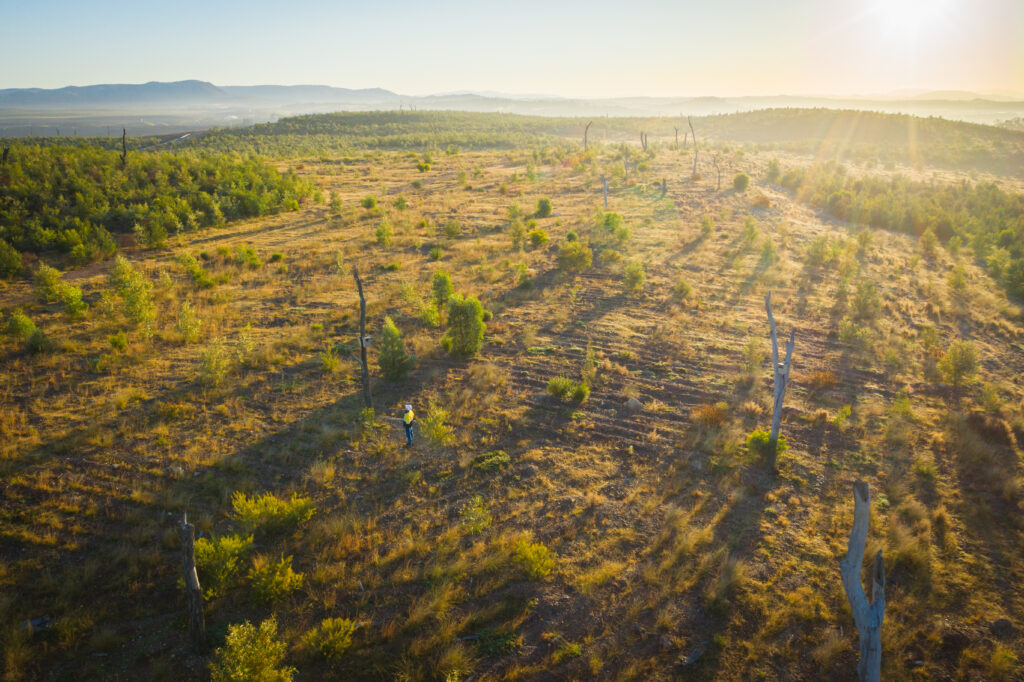 Reforestation: Mangoola.
Reforestation: Mangoola.
One of the conditions that Glencore had to meet in order to receive its coal-mining permit for the Mangoola mine in Australia required the company to explore the potential of relocating at-risk plants, including three species of orchids, with respect to the rehabilitated site. This has now developed into one of the country’s largest orchid relocation projects: more than 3,500 adult orchids and other plants have been relocated, including outside the mine. Today, the Mangoola project serves as a reference framework for relocating orchids.
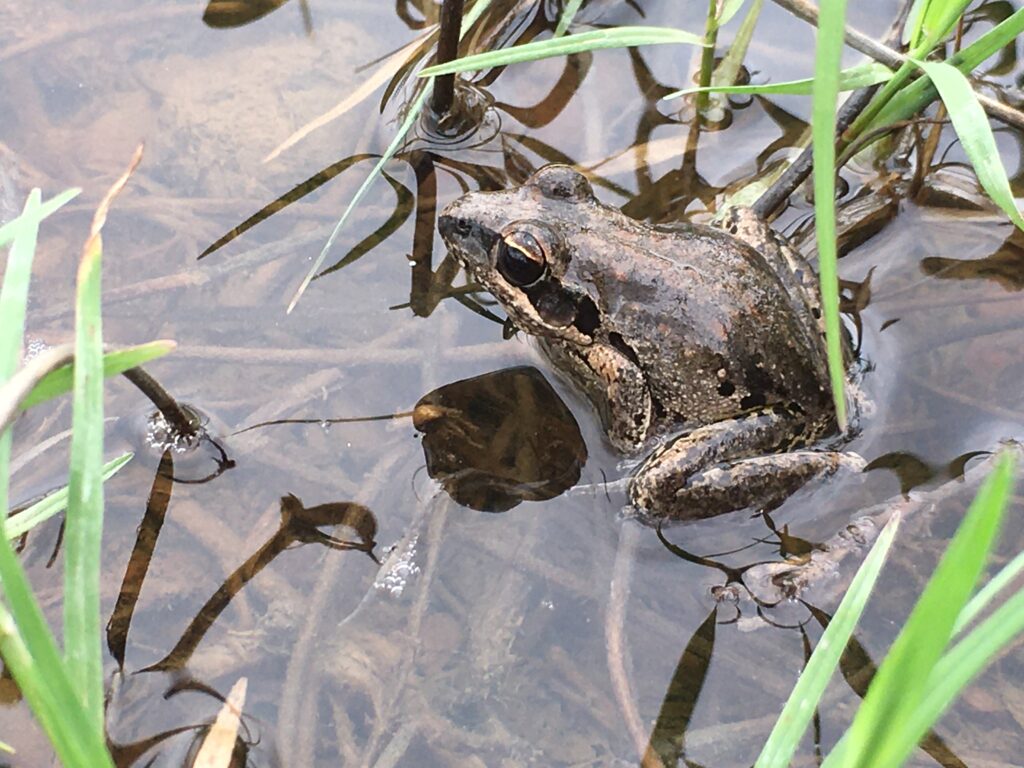 Return of the frogs: new wetlands on the former Mangoola site.
Return of the frogs: new wetlands on the former Mangoola site.
Reforestation started 20 years ago
Glencore started the reforestation of the Mount Owen coal mine in Australia’s New South Wales a good 20 years ago. In 2012 the document ‘Establishing Native Vegetation’ was published, written by Dr Yvonne Nussbaumer, Dr Carmen Castor and Mike Cole from the University of Newcastle’s Centre for Sustainable Ecosystem Restoration (CSER). The document draws heavily upon the CSER’s research and experiences with rehabilitation at Mount Owen, providing a guideline on how to re-establish native vegetation on disturbed land.
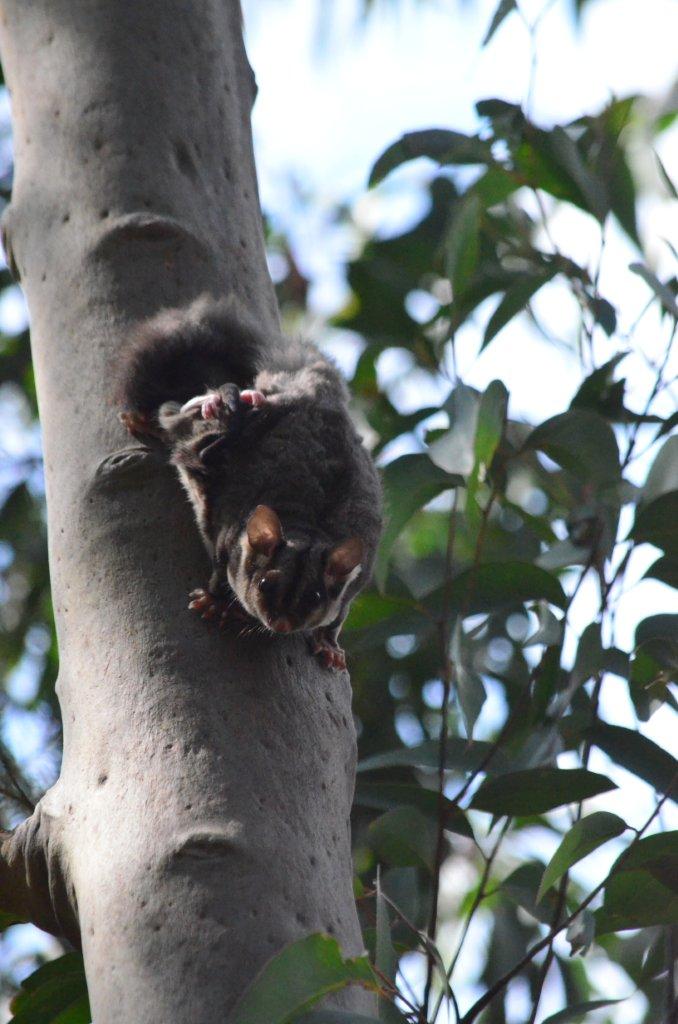
Squirrel Glider at the rehabitated Westside mine.
A very careful approach is called for on the archipelago of New Caledonia, where Glencore is present with the Koniambo Nickel operation. This ecosystem encompasses rainforests, wetlands, mangrove forests, savannas and coral reefs and is included on the UNESCO World Heritage List. The rehabilitation measures saw seedlings of local plant varieties be cultivated and planted. In addition, coral colonies were resettled and a programme to plant mangrove trees was launched, with the aim of ensuring that the construction of the harbour in Vavouto Bay has a minimal impact on the marine ecosystem.
These examples show how nature can spring back into life in former mines once the final excavators have left, at the latest. Brown areas can be turned back to green, under the expert guidance of biologists, and the animals that originally called these sites home can take back their habitat. After a couple of years, it’s hard for a layperson to identify former mines – and yet copper, nickel, cobalt, and other commodities have made their way into the global economic cycle.
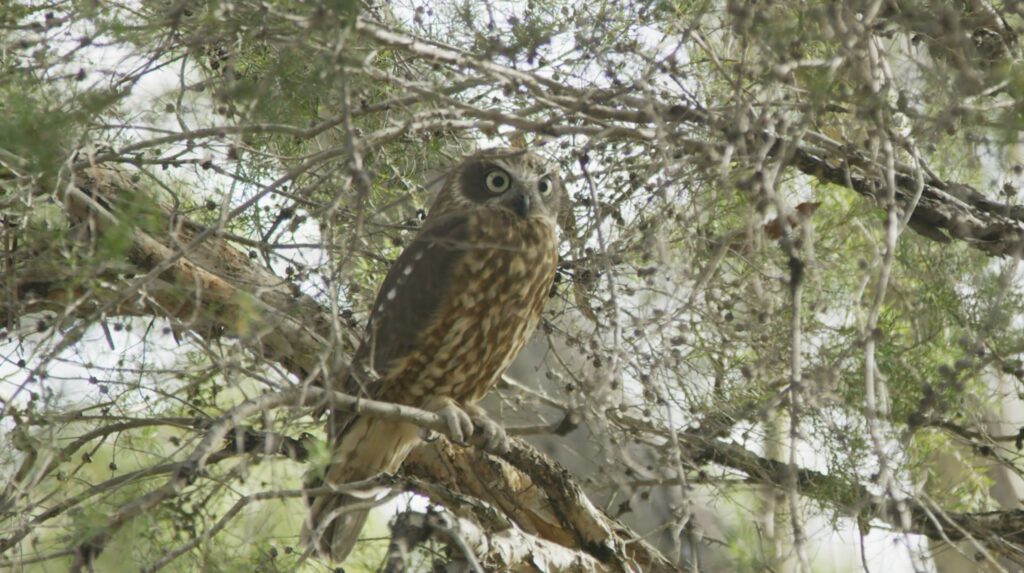 Reconquering the habitat: Boobook Owl at Westside.
Reconquering the habitat: Boobook Owl at Westside.
Are you interested in an inside perspective of how Glencore reinvigorates its coal mines? Read our interview with David O’Brien, General Manager Health, Safety, Environment and Communities at Glencore in Australia.
Translation from the German original: Jennifer Caisley.
Ecological Entrepreneurship: Weltwoche Grün is partnering up with selected companies such as Glencore to discover new trends and technologies that are reconciling entrepreneurial activities with ecological aspects.